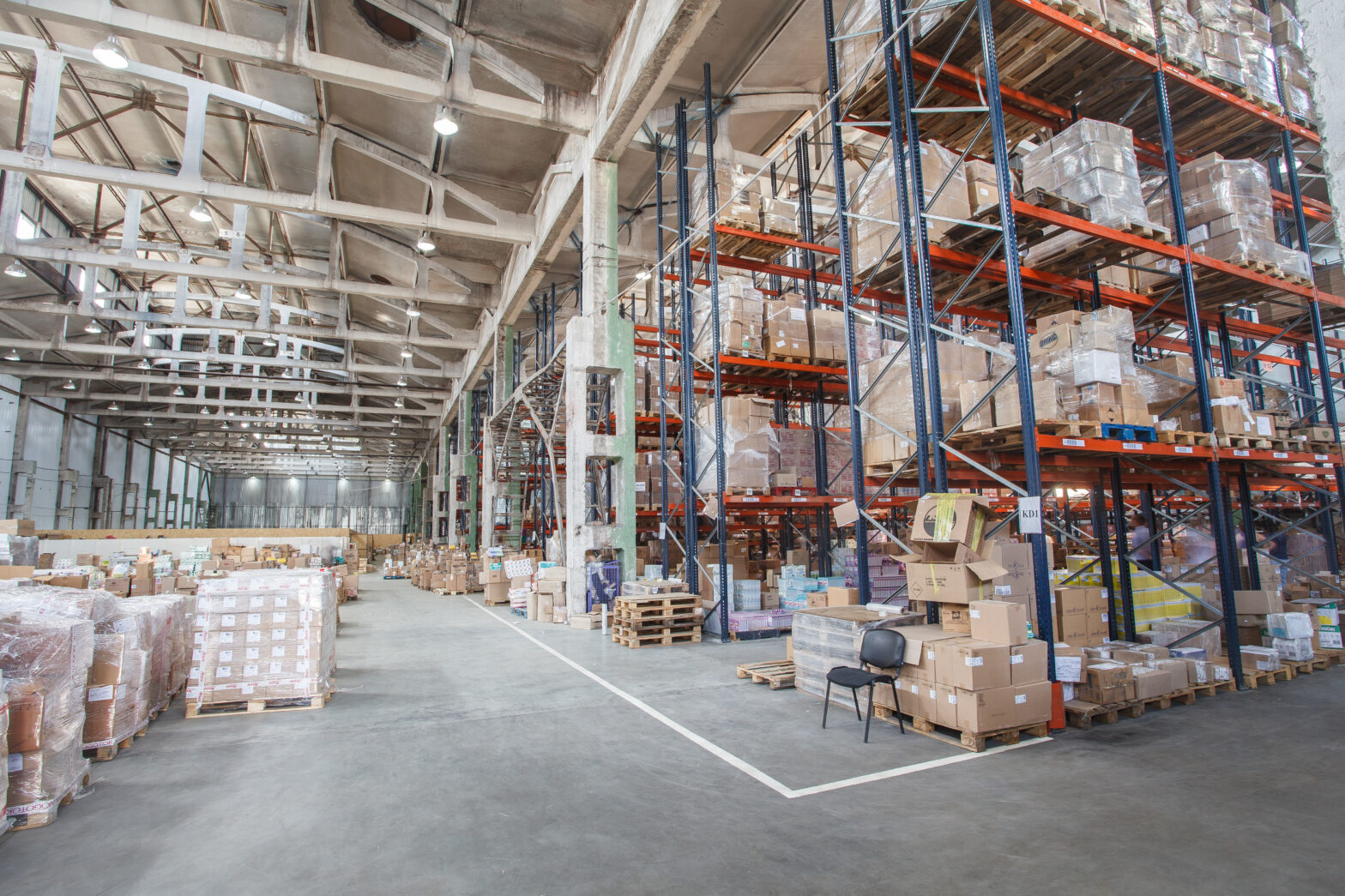The Oxford English Dictionary defines on-demand as ‘soon as or whenever required.’
In recent years the term ‘on-demand’ has become synonymous with technology: movies on demand, taxis on demand, dry cleaners on demand…. the list goes on.
But on-demand warehousing? That’s a new one.
On-demand warehousing is the ability to switch on warehousing services as and when required. Storage capacity is the principal service, but all other services related to the movement of inventory to and from the warehouse must also be included in the model. It is warehousing services that can be scaled up to meet peak demand, but then scaled back to previous levels when no longer needed.
If the warehouse market is be made truly available on-demand to customers then there are two key points that need to be addressed: speed and access.
Access
Access is essential for any marketplace because it drives liquidity. You need to have as many buyers and sellers as possible: more Supply will result in a better experience for customers, which will, in turn, result in more suppliers. Barriers to participate need to be low – commercial terms and user experience are key for aggregation.
Speed
The warehouse market is structured around leases. Leases that tend to be long-term, typically 5+ years. A company calculates how much space it requires based on sales forecasts. Companies tend to be bullish on forecasts anyway, which leads to errors in predictions.
Those errors are compounded over time so the further out they go, the less accurate they are. The longer the lease the more likely space is to be unfit for requirements – resulting in either under-utilised space, or demand for more space.
Landlords like leases because the real estate derives its value from the predictability of the future cash flows – i.e. the rent. It is not in their interest to have a short lease because of the transaction costs. The time and effort to find a customer, negotiate a lease and agree a price takes the same amount of time for a short-term letting as a long-term one so on a percentage basis eats into the margin.
As a result it is better to take a long-term letting on a discounted rate and move on. Note that agents are also dis-incentivised to do short-term deals because they get remunerated as a percentage of the value of the transaction, so again may as well do a longer term deal where there are more fees for the same amount of work.
But what if the work could be digitised?
There are two things that take time transacting industrial space:
- Searching for a warehouse
- Agreeing a price
Search
Finding a warehouse is a nightmare. There are no national databases or way of just Googling. No warehouse has a website (why would it?); companies that own them will, but they don’t specifically list the locations of their sites.
The way you traditionally find a warehouse is either by asking an agent (who is limited to their own supply, which means they are biased and by definition restricts your options), or getting in the car and driving to your local industrial site and then start asking around and making calls.
Pricing
Pricing in the logistics industry is a farce and there are three contributing reasons for this:
Lack of visibility: Players have little visibility of the competition so pricing is all over the place. Tends to be a race to the bottom.
Taxonomy: Logistics is like banking – full of hidden fees. If you go and get 3 quotes from warehouses you can be guaranteed they’ll all be structured differently. Some charge separately for pallet in and pallet out. Some will wrap that up. Some will bundle pallet in with destuffing/devanning/unloading/whatever so that it’s impossible to compare apples with apples.
Culture: This one’s important. The industry runs on tight margins so everyone is price sensitive. Apart from the fact that everyone seems set on a race to the bottom, there is also some bizarre expectation for bartering. The back and forth is so uncommercial because it’s baked into the pricing. Buyers want to feel like they’ve won so all that happens is sellers just start high. The data shows that this just leads to deal-fatigue and less deals get done, thereby reinforcing the status quo.
Then once you’ve done that your search and negotiated your pricing you need to repeat this process so that you have at least 3 options to make sure you have a fair price.
Poor search + poor pricing = opaque, inefficient market
The process has to be digitised to be commoditised. When it becomes commoditised processes are streamlined. With an on-demand marketplace there is a set taxonomy that allows customers to compare apples and apples, and there is none of the time consuming back and forth – the price is the price.
This means that a transaction can be processed in a fraction of the amount of time as was previously possible and the on-demand model becomes a reality.
Charlie Pool is CEO of Stowga





